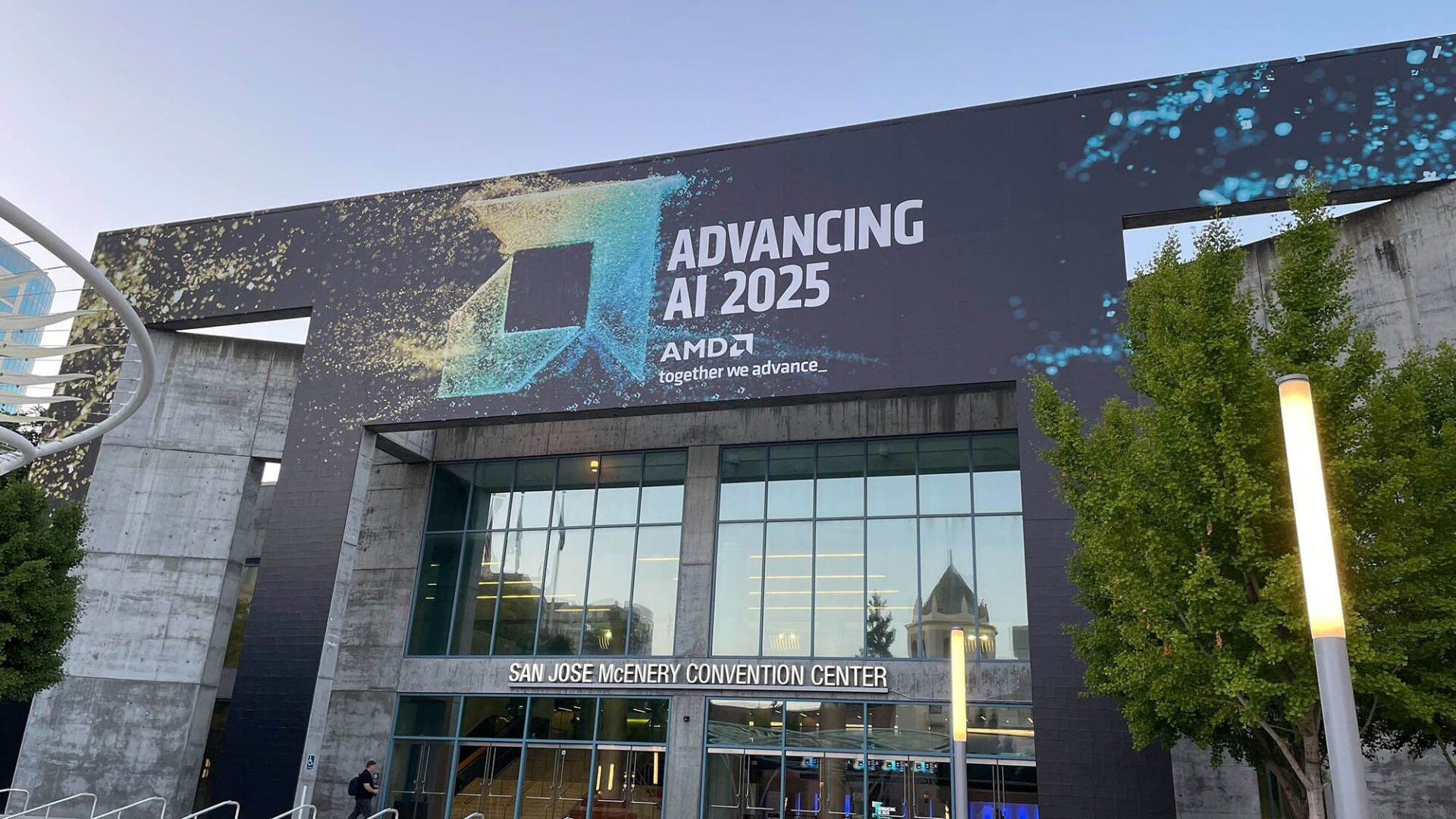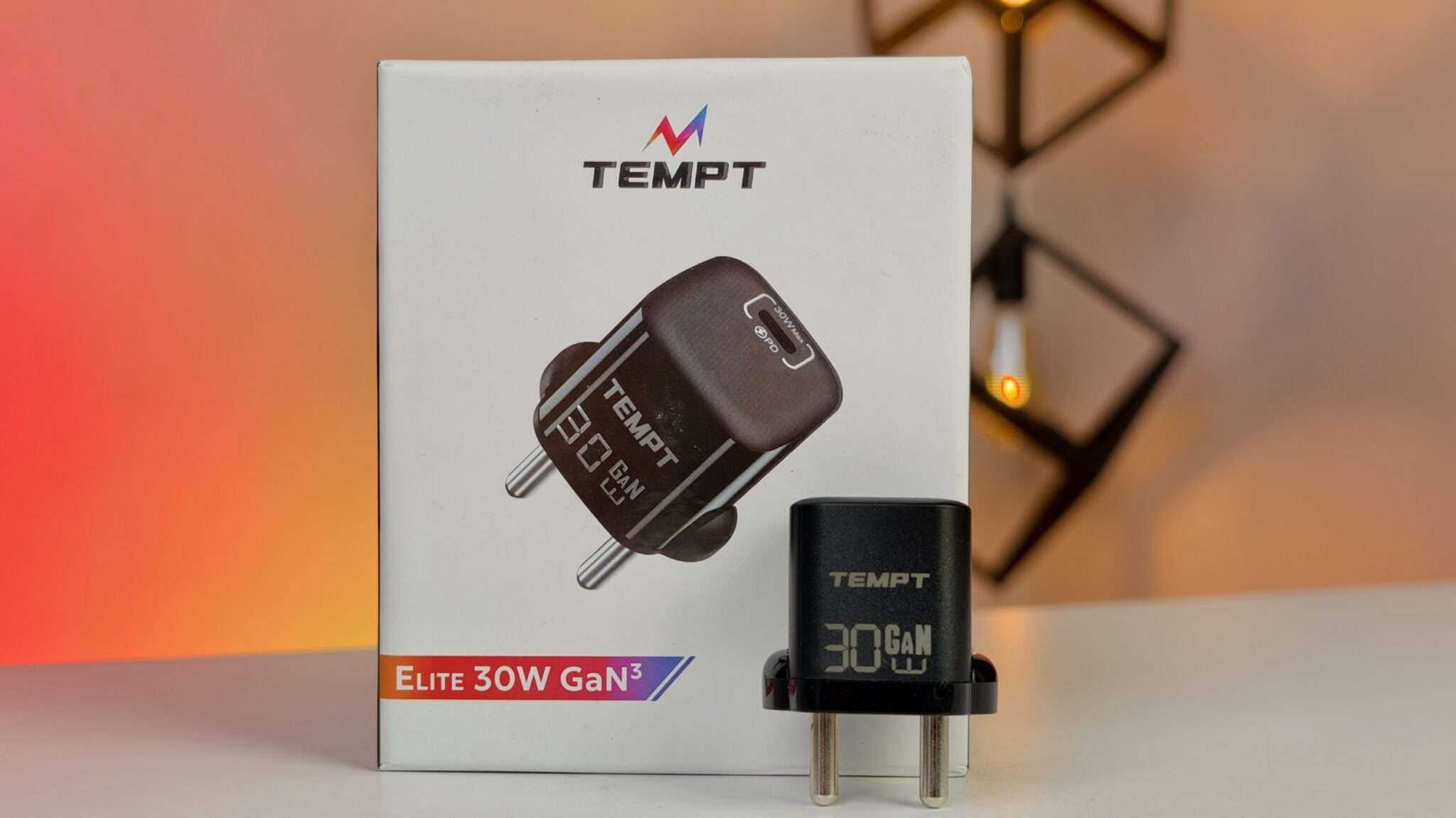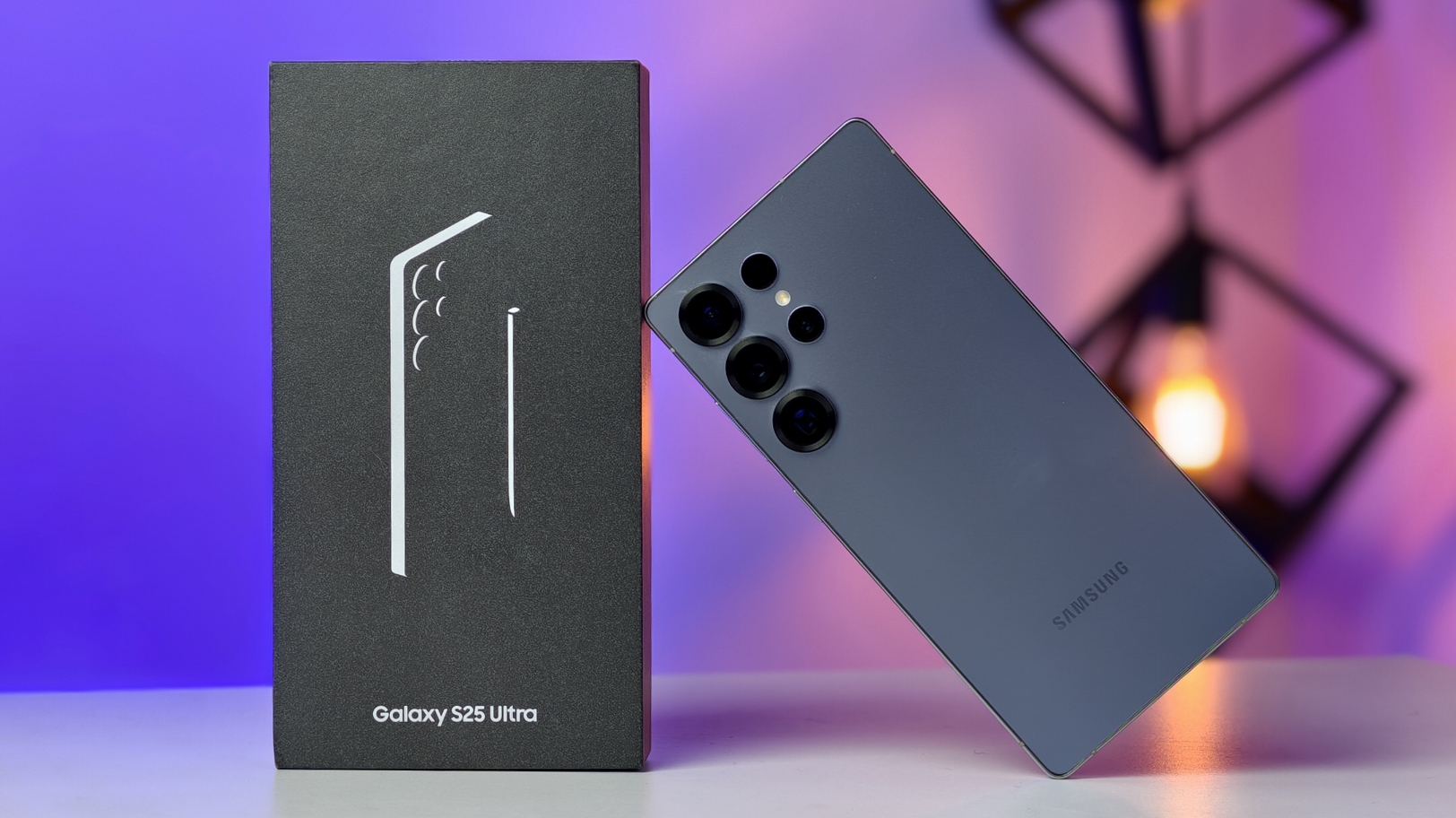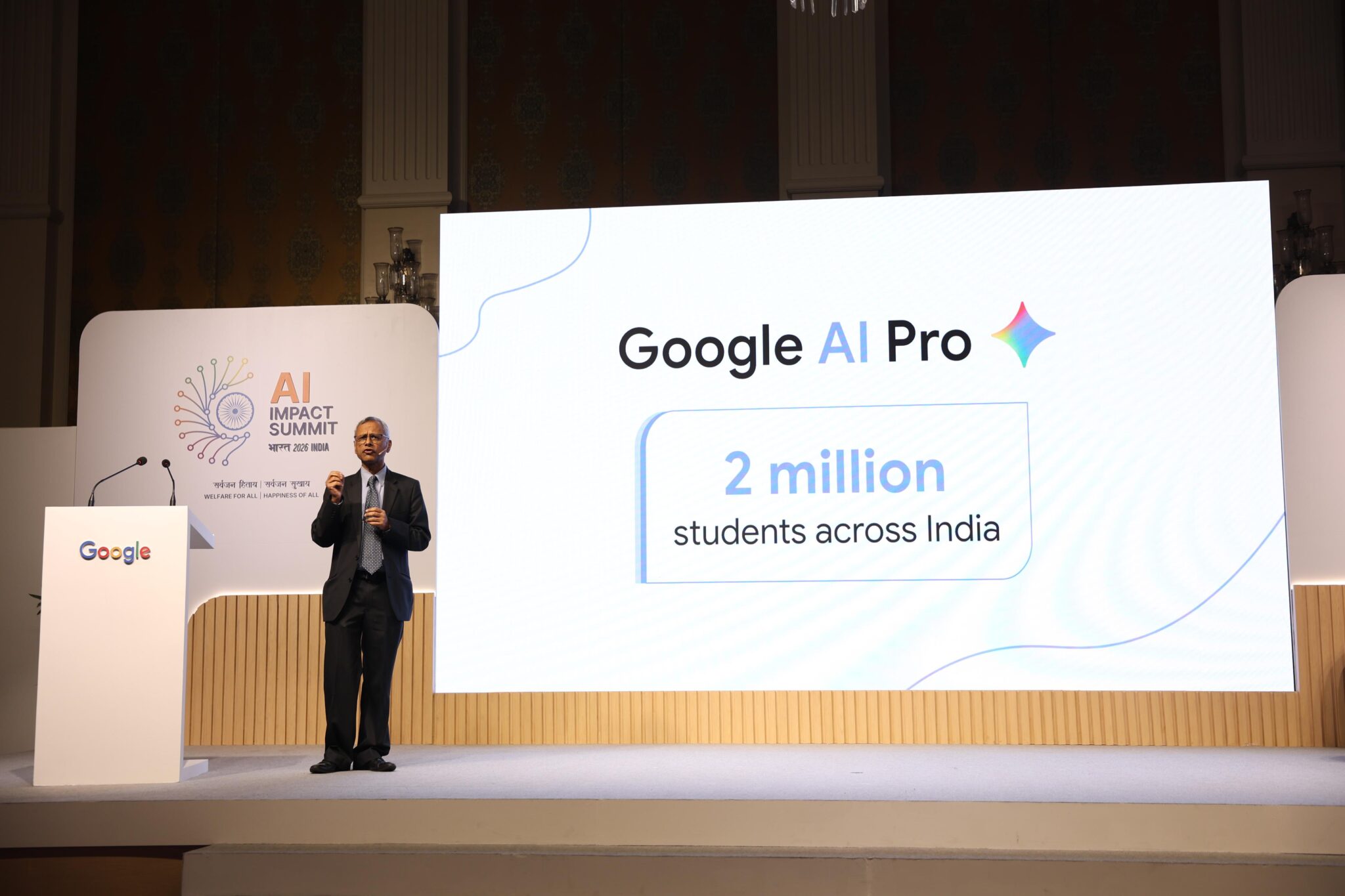AMD took center stage at its Advancing AI event in San Jose today, revealing a comprehensive portfolio of hardware, software, and solutions designed to deliver an end-to-end integrated AI platform. The announcements outline AMD’s ambitious vision for the future of artificial intelligence, with significant performance gains and strategic partnerships.
Key Takeaways:
- AMD introduced the Instinct MI350 series GPUs, claiming a 4x generation-on-generation AI performance increase.
- The company demonstrated open-standards rack-scale AI infrastructure, already being deployed by hyperscalers like Oracle Cloud Infrastructure (OCI).
- AMD showcased “Helios,” a fully integrated AI rack solution based on next-generation AMD Compute products, set for 2026 availability.
- ROCm 7.0, the latest iteration of AMD’s open AI software, was unveiled alongside the AMD Developer Cloud Access Program.
- Seven of the top ten AI customers are reportedly deploying AMD Instinct Accelerators, highlighting AMD’s market presence.
- The Instinct MI350 Series surpassed AMD’s five-year energy efficiency goal for AI training by 38x.
- AMD set a new 2030 goal: a 20x increase in rack-scale energy efficiency from a 2024 base year.
During the keynote, AMD Chair and CEO, Dr. Lisa Su, was joined by representatives from industry giants including Meta, Microsoft, Oracle, and OpenAI. These collaborations highlight AMD’s commitment to powering the entire spectrum of AI, bringing together leadership GPUs, CPUs, networking solutions, and open software for flexibility and performance. The company’s claim that seven of the ten largest AI customers are deploying AMD Instinct Accelerators speaks to its growing footprint in the AI sector.
A central point of the announcement was the AMD Instinct MI350 Series GPUs. This series, encompassing both Instinct MI350X and MI355X GPUs and their accompanying platforms, is engineered to provide a staggering 4x increase in AI compute power compared to the previous generation. This substantial jump paves the way for advanced AI solutions across various industries, from scientific research to enterprise applications. The MI350 series is poised to reshape how businesses approach complex AI workloads, offering a significant boost in processing capabilities.
Beyond individual components, AMD detailed its end-to-end, open-standards rack-scale AI infrastructure. This integrated solution combines AMD Instinct MI350 Series accelerators with 5th Gen AMD EPYC processors and AMD Pensando Pollara NICs. This complete infrastructure is already being rolled out in hyperscaler deployments, with Oracle Cloud Infrastructure cited as an early adopter. Broad availability of this integrated system is anticipated in the second half of 2025. This integrated approach aims to simplify deployment and management for large-scale AI operations, providing a cohesive and optimized environment.
Looking further into the future, AMD showcased its “Helios” AI Rack Scale solution. This fully integrated AI platform will be built upon the next-generation AMD Instinct MI400 Series GPUs, the “Zen 6”-based AMD EPYC “Venice” CPUs, and AMD Pensando “Vulcano” NICs. “Helios” is slated for availability in 2026, promising to introduce a new framework for AI performance by bringing together AMD’s most advanced compute products in a tightly integrated system. This forward-looking announcement signals AMD’s long-term strategy for maintaining its position in the rapidly evolving AI landscape.
Software remains a critical component of AMD’s AI strategy. The company unveiled ROCm 7.0, the latest version of its open AI software. This release features improved support for industry-standard frameworks, expanded hardware compatibility, and new development tools, drivers, APIs, and libraries. These additions are designed to accelerate AI development and deployment, making it easier for developers to leverage AMD hardware effectively. The emphasis on open standards and broad compatibility aims to foster a more accessible and collaborative AI ecosystem.
In a move to further democratize access to its cutting-edge AI technologies, AMD announced the broad availability of the AMD Developer Cloud. This program is designed to lower barriers and expand access to next-generation compute for the global developer and open-source communities. By providing cloud-based access, AMD seeks to empower more developers to experiment with and build upon its AI platforms, driving further advancements and broader adoption.
Energy efficiency was another significant theme. The Instinct MI350 Series has already exceeded AMD’s five-year goal to improve the energy efficiency of AI training and high-performance computing nodes by 30x, ultimately delivering a 38x improvement. This achievement highlights AMD’s commitment to sustainable AI development. Building on this success, AMD unveiled a new 2030 goal: to deliver a 20x increase in rack-scale energy efficiency from a 2024 base year. This ambitious target suggests that a typical AI model currently requiring more than 275 racks for training could be trained in fewer than one fully utilized rack by 2030, consuming 95% less electricity. These energy goals address a growing concern about the environmental impact of large-scale AI operations, positioning AMD as a leader in sustainable AI solutions.
The announcements at the Advancing AI event solidify AMD’s position as a major player in the AI hardware and software markets. The company’s focus on comprehensive, end-to-end solutions, coupled with a commitment to open standards and energy efficiency, paints a picture of a company ready to meet the escalating demands of the AI era. With key customers already on board and ambitious future plans, AMD’s strategy appears to be paying off.



















